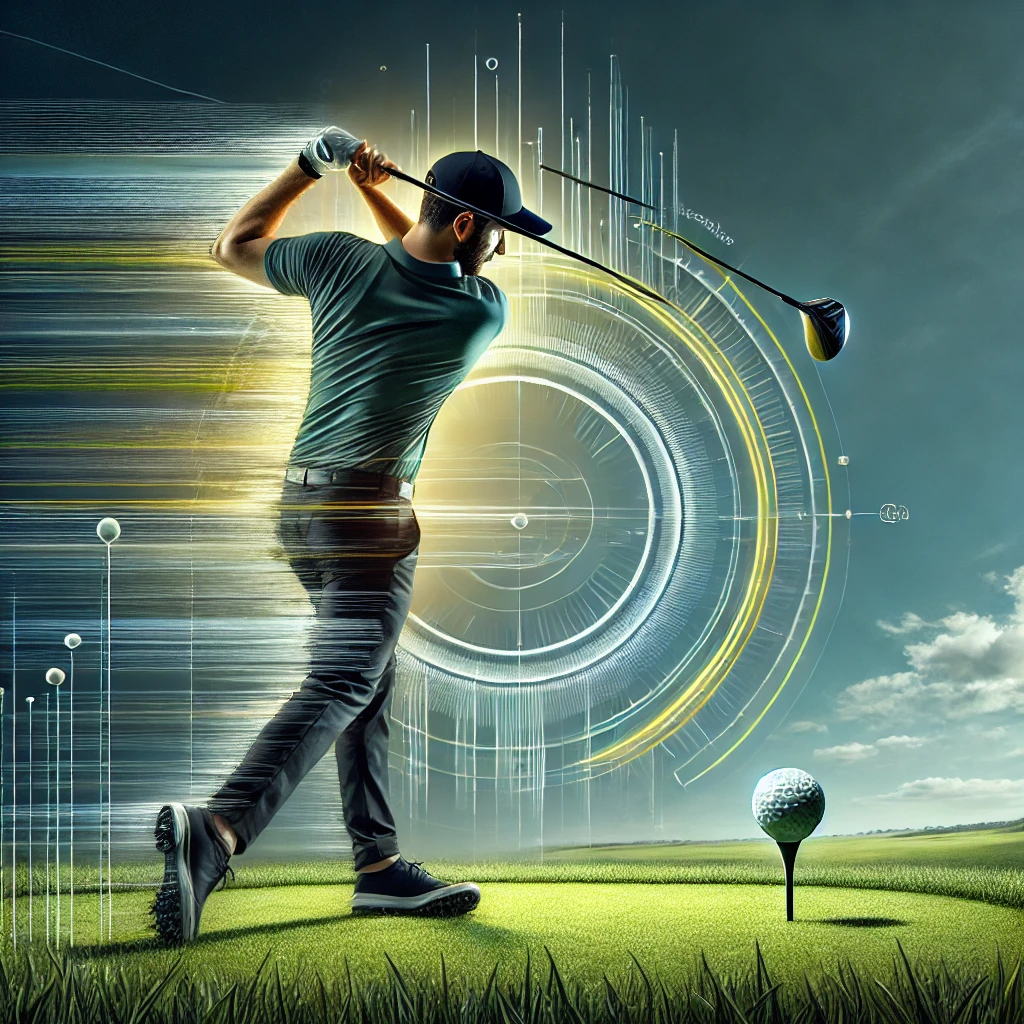

The driver, this iconic golf club, fascinates enthusiasts and sparks passionate debates on the courses. Mastering this demanding club is often considered a key to improving overall performance, especially in terms of distance. However, raw power is not the only factor to consider. In this article, we will explore the importance of knowing your equipment well, the appropriate technique to maximize distance, and the strategies to adopt to avoid falling into the trap of the "distance at all costs" myth.
The driver is often seen as the club that generates the most speed, thanks to its length and specific design. However, this power also involves greater technical complexity. Unlike other clubs, the length of the shaft and the driver head amplify movements during the swing, thus increasing the risks of inaccurate trajectories.
The driver plays a crucial role in your ability to hit the ball far, but also to generate consistent trajectories. Indeed, it is the longest club in your bag, which gives it exceptional speed potential, but also greater technical constraints, particularly concerning the path and the face angle at impact.
Most amateur golfers struggle to stabilize their clubface at impact, which leads to frequent errors such as the pull-slice, a trajectory where the ball initially goes left before sharply curving right (for right-handers). One solution to overcome this difficulty lies in the fitting of your club.
Fitting, or the custom adjustment of your equipment, is a step often overlooked by many players, but it is a crucial stage, especially for the driver. A shaft poorly suited to your swing speed can result in loss of control, affecting not only the distance traveled by the ball but also the accuracy of your shots.
Why is fitting crucial for the driver?
This explains why fitting is essential for this club. A simple modification in shaft flexibility can improve your consistency and give you more confidence on the tee.
Once your equipment is optimized, it is time to focus on technique. The most common mistake among players is trying to generate maximum speed from the start of the downswing. This approach, although instinctive, is ineffective because speed must be maximized when the clubhead passes through the impact zone, that is, at contact with the ball.
To optimize your distance with the driver, your goal should be to find the right timing between speed and accuracy. Here is a simple yet effective technical drill:
This approach helps maintain a balance between speed and accuracy, two essential elements to achieve long and consistent strikes.
Although distance is a key factor in golf, it is not the only element to consider when improving your score. You have probably played with someone who, although less powerful than you, managed to stay in play on every shot and ended with a much better scorecard. This clearly shows that consistency and accuracy must take precedence over the systematic pursuit of power.
Here are some tips to optimize your playing strategy with the driver:
Ultimately, although driving distance can be impressive, it is not the most important element to improve your scores. The driver is certainly a power club, but mastering consistency and the accuracy of your trajectories will be your best asset. By adjusting your equipment through fitting, adopting a technique that favors speed at the right moment, and developing a game strategy focused on consistency, you will progress much more effectively on the course.

Passionate golfer and co-founder of Teech Golf. My mission with Teech is to build technology that becomes a true companion in helping you improve your game.
Downloard Teech Golf on iOS/Android and get your free customized training plan with video by top coaches !
Download app